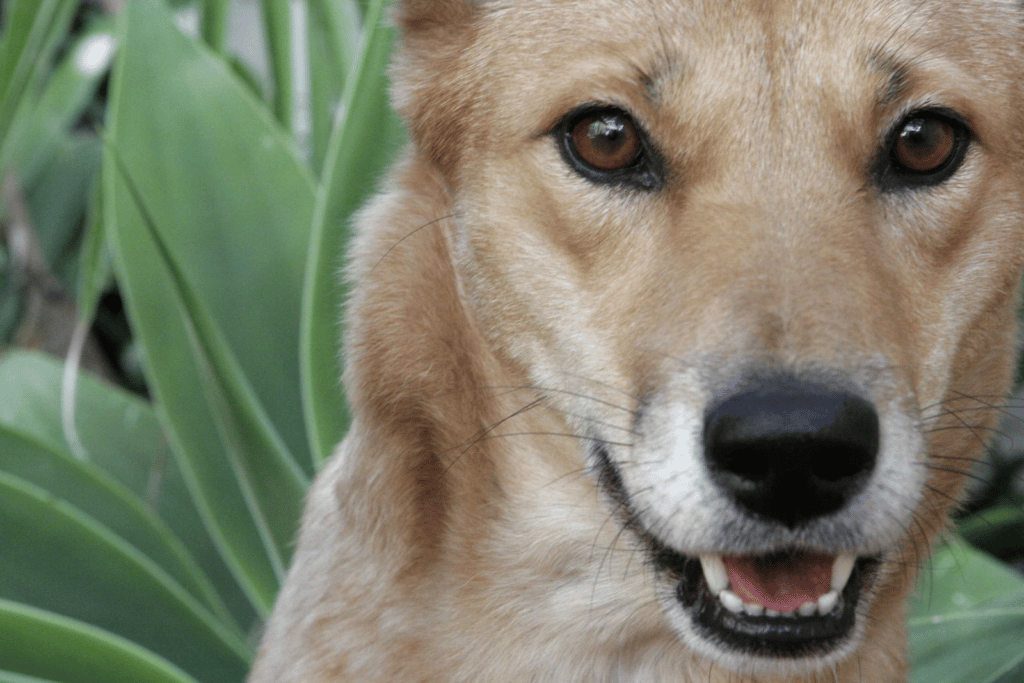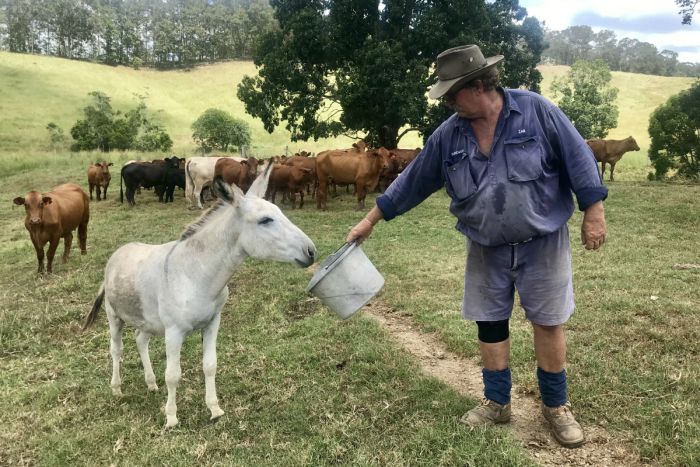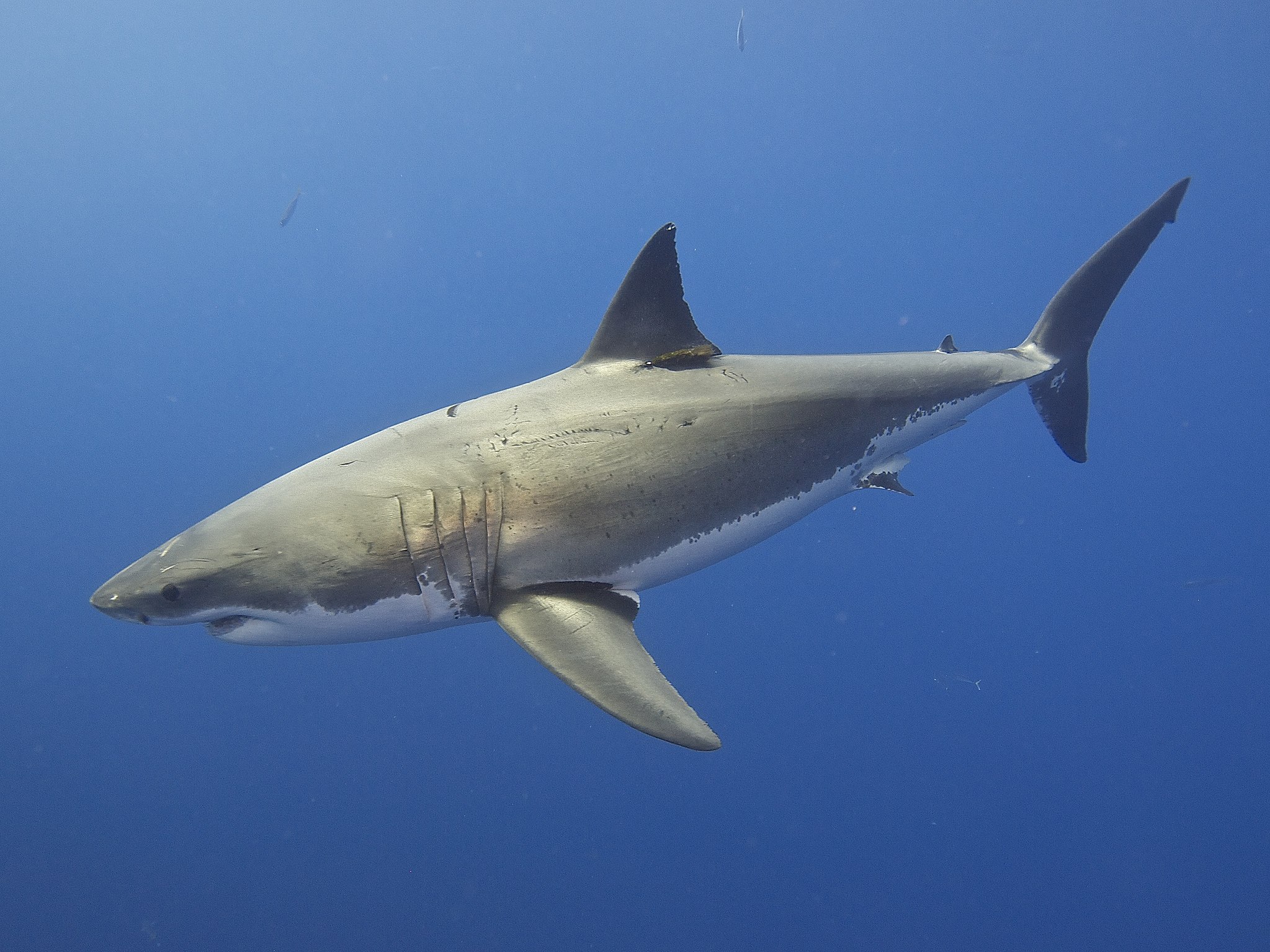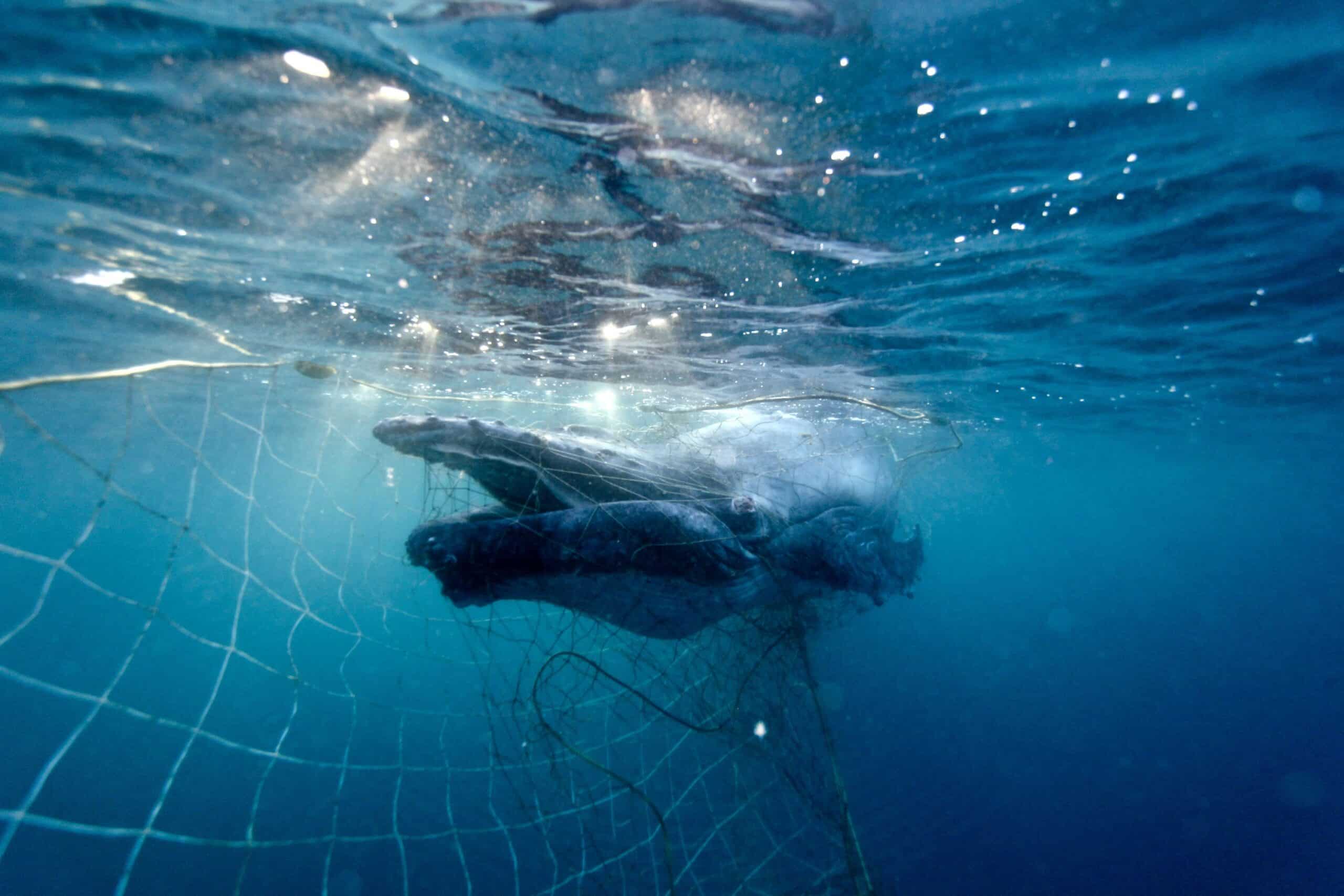Research shows that Australia’s great white sharks are highly related to each other and may consist of fewer than 500 breeding animals. SYDNEY, 24 June 2025: Latest research has found Australia’s great white shark population is much smaller than expected, increasing their vulnerability to further population threats. The population...
When advocating against the poisoning, shooting and trapping of dingoes we’re occasionally met with the blunt response that dingoes kill farm animals, sometimes leaving them distressingly injured, and that as these animals are a farmers’ livelihoods, whatever it takes to get rid of dingoes is welcome.\
In these situations the welfare of dingoes seems to be viewed as inevitable collateral damage, and in some cases even a deserved payback for stock animals that have been killed in the past. The argument is made that dingoes are cruel, so we can be cruel back – but surely for killing to be cruel it has to be done with malicious intent. We can’t say that dingoes are acutely aware of the suffering of their prey, but we humans clearly know the welfare outcomes of the poison baits we distribute. We can do better.
Humane Society International completely agrees that the keeping stock safe is important and avoiding their distressing deaths is what should be strived for. We work to protect all animals, not just wild ones. Taking this holistic perspective is why we advocate for non-lethal management methods that can be more effective at reducing stock losses while also keeping dingoes in the environment.

Since 1811, the unsophisticated practices of dingo poisoning, trapping and shooting, as well as bounties that encourage them are largely unchanged – aside from the ever-increasing amounts of money governments are throwing at their expansion of course. What’s worse is that the typical response to our efforts at improving animal welfare for dingoes from governments, most recently from the Western Australia, is basically “we’ve always done it this way”. Failure to reflect and innovate is nothing to be proud of, especially with so much suffering at stake.
For more than 200 years we’ve been stuck in cycle of killing to the detriment of farmers, domesticated and wild animals, and the environment. We’ve learnt a lot about the interactions between dingoes and stock in this time yet we’ve been approaching the issue in largely the same way since colonisation. With the ‘dog problem’ remaining a constant feature in rural papers and stock continuing to be taken despite more money than ever being spent on killing, clearly something isn’t working.
It’s time to make a change – we need to move not only from intolerance to tolerance, but to a mutually beneficial co-existence. At the very least the considerable budgets spent on outdated killing methods should be required to have a sizeable portion dedicated to progressing non-lethal controls.

People have been tending stock for millennia, long before firearms and specialised poisons existed, and in ancient times flock protection focused largely on managing animals rather than eliminating external threats. Shepherds were ever-present to respond to dangers such as wolves in ways that didn’t necessarily lead to sterilised environments and dead predators.
Times have clearly changed and it’s unreasonable to suggest that a return to our ancient roots is the easy answer, but combining more than ten thousand years of sheep domestication experience with modern technology could revolutionise farming practices in Australia for the better.
Some tried and true methods that have been used effectively for thousands of years are ripe for the picking, such as the use of guardian animals – dogs were used effectively to protect livestock as early as 150 BC in Rome! Maremma sheepdogs are currently the most popular guardian dog breed in Australia. With training, Maremmas bond to livestock and come to regard them as part of their pack, establishing territories and reducing predation by deterrence rather than direct aggression.
As described in ECOS Magazine, a great example of guardian dogs being used effectively in Australia comes from Victorian sheep and cattle farmers Andrew and Glenda Bowran. After years of aerial poison baiting and continued heavy losses of sheep, they decided to make a change and purchased and trained four Maremmas. In the first year they had them, sheep survival rates more than tripled.
Guardian dogs are admittedly not always an appropriate solution, for example on larger cattle stations spanning distances that make feeding and supervising them impractical. Fortunately they’re not the only humane stock protection option, with other animals such as donkeys and alpacas also working as effective guardians.
A recent article by the ABC detailed the experience of Queensland grazier Ian Sylvester, who now runs 17 donkeys with his 120 cattle on the Sunshine Coast. Ian split his cows into smaller mobs protected by two or three donkeys, and having suffered from stock losses in the past he doesn’t attribute a single loss to predators in the years that the donkeys have been on the job.
Adding to the suite of non-lethal management options are a number of approaches that can be combined to keep stock safe: fox lights (randomly flashing fence lights that deter predators by mimicking the presence of a person with a torch); fladry (flapping fabric along fence lines that has been extremely effective at managing wolf impacts in Europe and America); using strategic watering points to limit stock movement in higher risk areas; increased presence of stockpeople travelling with animals; remote threat alert systems that can be responded to by moving stock; and of course, drones.
With all of these options available and the rise of conscientious consumerism, I have no doubt that the future of livestock farming in Australia is non-lethal. The only question now is how much suffering and environmental damage we allow to continue before properly getting behind these alternatives and incentivising farmers to make the change to options that can be combined to suit individual needs.
It will take effort, but coexistence with predators will be more productive and economically viable than lethal control. With enormous animal welfare and environmental benefits, it’s also simply the right thing to do.
Evan Quartermain is Head of Programs at Humane Society International and has been with the organisation since 2010. A member of the IUCN World Commission on Protected Areas, Evan is responsible for HSI’s terrestrial habitat and wildlife protection campaigns and programs, with particular focus on legislative reform, flying-foxes, dingoes, and habitat protection through Threatened Ecological Community and Natural Heritage nominations.
Header image: Andy Fitzsimon | Wikimedia Commons, Dingo: Nic Papalia


